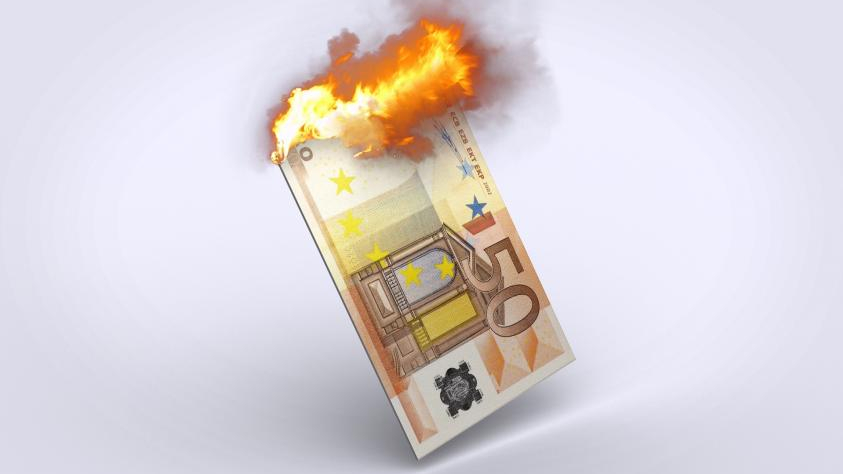TERMS
Terms of Use
1. Acceptance of Terms
By creating an account and using ontorus.com, you agree to comply with the terms of use outlined below. If you do not agree with these terms, please do not use our service.
2. User Conduct
You agree to use ontorus.com responsibly and respectfully. Specifically, you must not:
- Post content that is illegal, obscene, defamatory, threatening, pornographic, or that could incite violence or hatred.
- Post or share explicit nudity, pornography, or any sexually suggestive content that is inappropriate for the general public.
- Violate intellectual property rights, including but not limited to copyrights, trademarks, or patents. This includes posting content that you do not own or do not have permission to use.
- Harass, abuse, or harm other users in any way.
3. Intellectual Property Rights
By posting content on ontorus.com, you affirm that you have the necessary rights to share that content or have obtained permission from third parties. Ontorus.com respects the intellectual property rights of others and expects users to do the same. In the case of proven violations, we reserve the right to remove the content and, if necessary, block the infringing user's account.
4. Moderation and Account Suspension
The moderation team at ontorus.com monitors content posted on the platform to ensure compliance with these terms. We reserve the right to remove any content and suspend user accounts, with or without prior notice, that violate our terms of use or that are deemed inappropriate at our sole discretion. The decision to suspend an account is final and not subject to appeal.
5. Limitation of Liability
Ontorus.com is not liable for any damages, direct or indirect, resulting from the use of our service. This includes but is not limited to data loss, lost profits, or any other type of damage.
6. Changes to the Terms of Use
We may update these terms of use periodically to reflect changes in our practices or for other operational, legal, or regulatory reasons. We will notify users of significant changes, but we recommend periodically reviewing this page to stay informed of any updates.
Note: Ontorus may have custom domains beyond ".com" to which the same rules apply.



